Taipei 101 building
Taipei 101 Building, formerly known as Taipei International Financial Center, also known as Taipei 101, Taipei Financial Center, is located in Taipei Xinyi District, Taipei Xinyi District Financial and Trade Zone Center, east of Xinyi Square, north of Xinyi 21 Park, west of Fuji Ocean Travel, south of the Taipei MRT Xinyi Line.
Taipei 101 Building covers an area of 1.53 million square meters, including a 101-storey office tower, a 6-storey commercial podium and a 5-storey underground floor. Each 8-storey building is a structural unit, which is successive and overlapping with each other. The building area is 398,000 square meters.
In 2011, the Taipei 101 building was awarded the LEED platinum certification green building.
In January 1998, the 101 building of Taipei started construction.
In October 2003, the main building of Taipei 101 was completed, and on November 14, the shopping mall of Taipei 101 was officially opened.
In December 31, 2004, the office building of Taipei 101 building was officially opened.
In January 19, 2005, the viewing platform of Taipei 101 building was opened to the public.
The office building of Taipei 101 is a visitor card issuing system with 34 double-decker elevators. Three different operation modes are changed according to the number of passengers in different periods.
Full double-deck operation: in rush hours, such as on, off work and lunch, the upper elevator stops on even floors, the lower elevator stops on odd floors;
Semi-double-deck operation: generally used in non-rush hours, all floors can be parked, the upper elevator parked below the lower floor, the lower elevator parked below the lower floor;
Single layer operation: suitable for late night and idle time. The upper elevator is shut down and the lower elevator stops at all floors.
There are smoking rooms and building management offices on the 35th floor, International Conference Center on the 36th floor, rental Offices on the 59th and 60th floors, management headquarters - Taipei Finance Building Co., Ltd. and multi-functional venues on the 84th floor.
Taipei 101 building is mainly planned by Taipei Finance Building Co., Ltd. and designed by architects Li Zuyuan and Wang Chongping. The design unit is digital 8. Each eight-storey building is a structural unit with an inclination of 7 degrees in the building plane. It is connected with each other and overlapped by layers to form a whole. The exterior is a multi-section structure, which achieves the effect of disaster prevention and wind prevention. As a result, every 8 floors form a group of self-made space, which dissolves the wind field effect caused by the air flow on the ground caused by high-rise buildings, and is separated by greening planting areas. The walls are transparent and heat-insulating curtain glass.
The foundation piles of Taipei 101 building are composed of 382 reinforced concrete columns and 8 reinforced concrete columns. Tuned mass dampers are installed in the building to achieve the effect of earthquake prevention.
Exterior wall lighting will be used on special festivals, featuring festivals and festivals as the theme to display special words or graphics on the exterior wall; Taipei 101 Building fireworks display device, with different Festival subjects, will be used to display skyscraper-style fireworks.
From December 31st to January 1st of next year, the 101 building of Taipei conducts fireworks activities as the theme.
The annual 101 Taipei international high rise event is held every year.
In December 31, 2004, the 101 building of Taipei held the opening ceremony of the building.
On December 25, 2004, Alain Robert of France successfully completed the challenge of climbing Taipei 101.
In November 11, 2005 and May, the concert was held on the 91 floor outdoor viewing platform of Taipei 101 building.
On December 11, 2007, Baumgartner, an Austrian, successfully parachuted 40,000 meters from an open-air observation deck on the 91st floor of Taipei 101 Building.
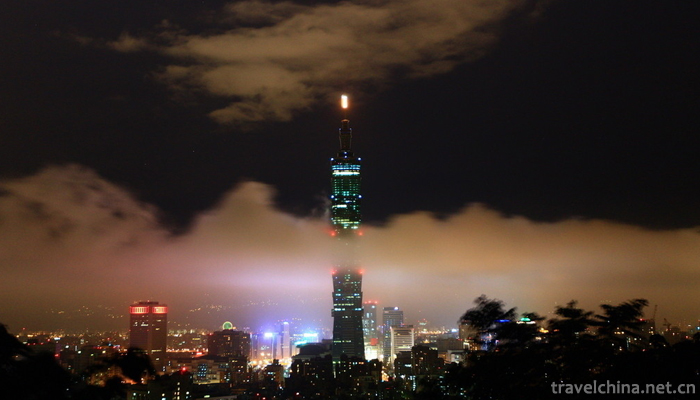
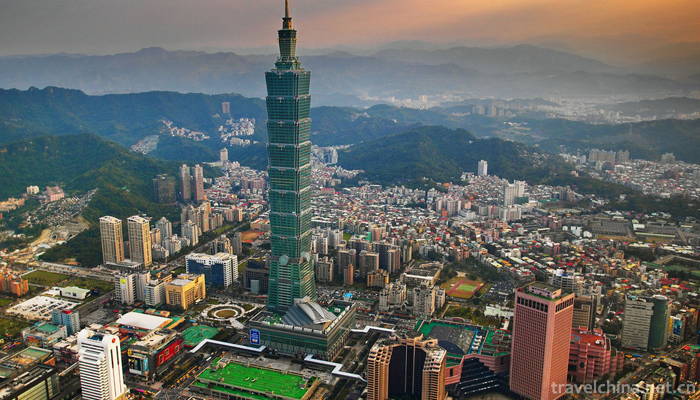
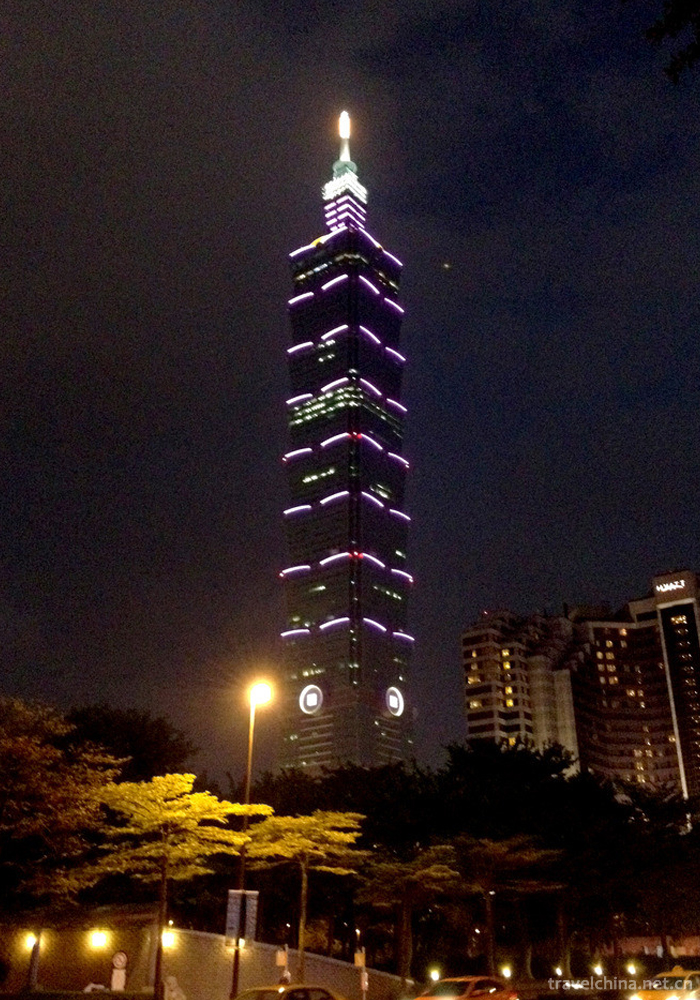
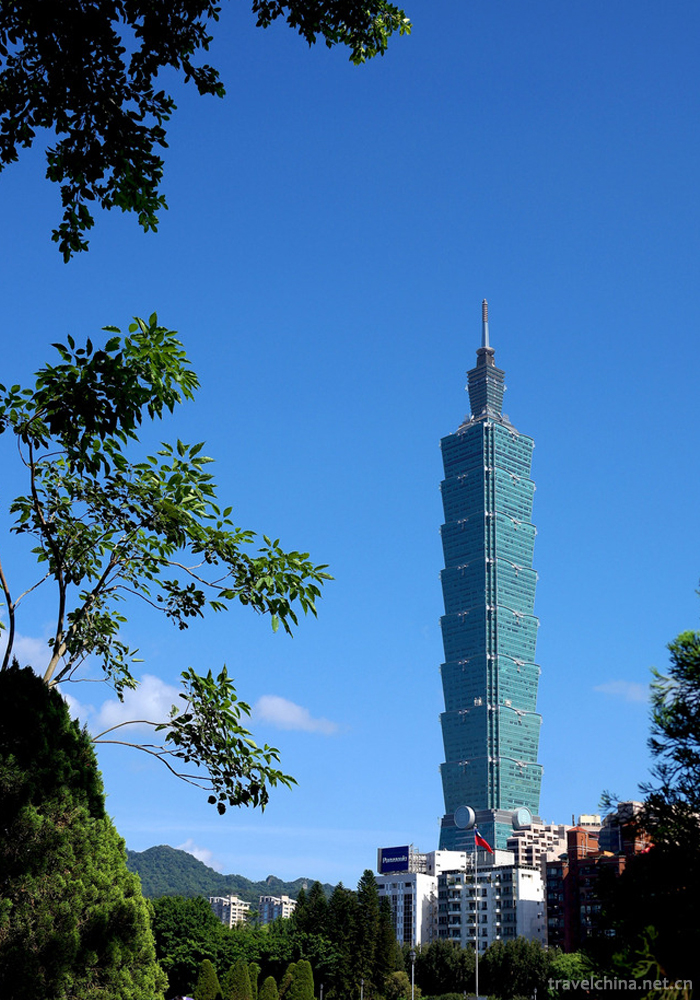
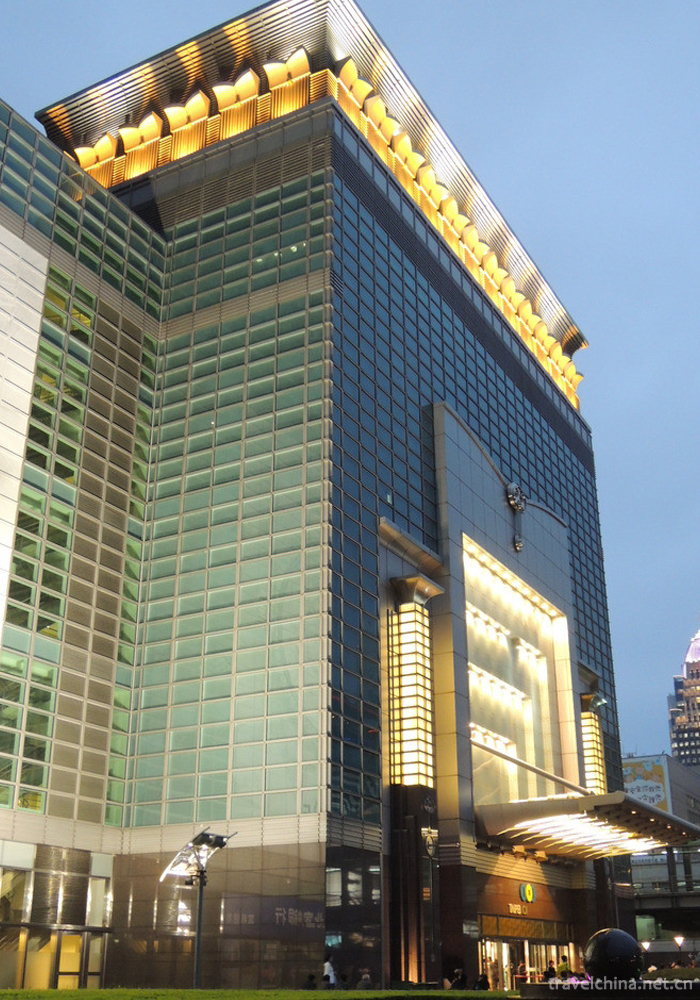
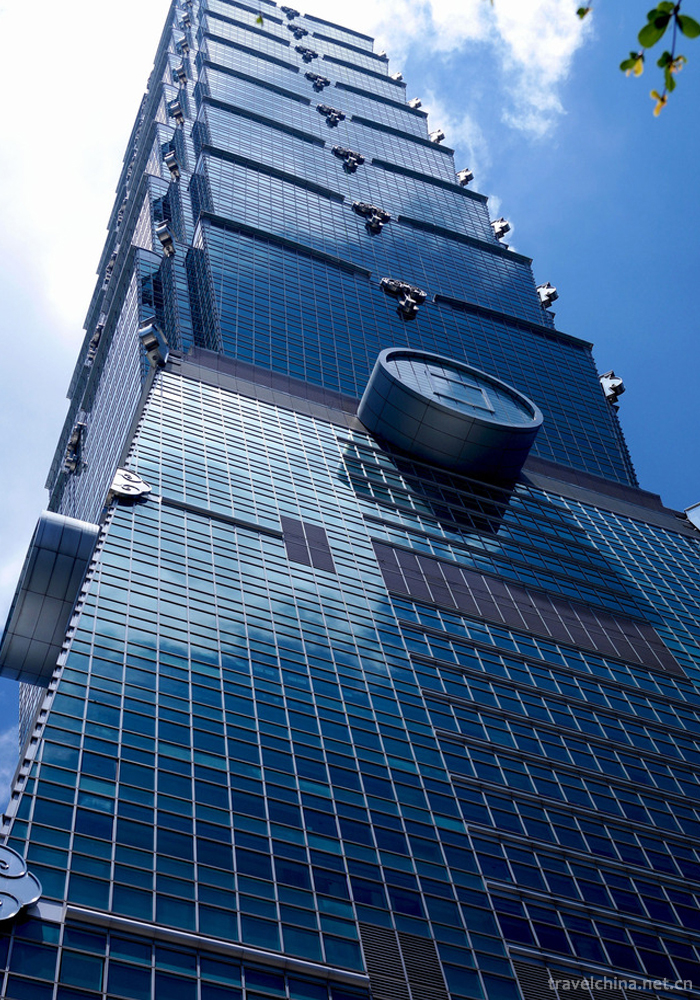
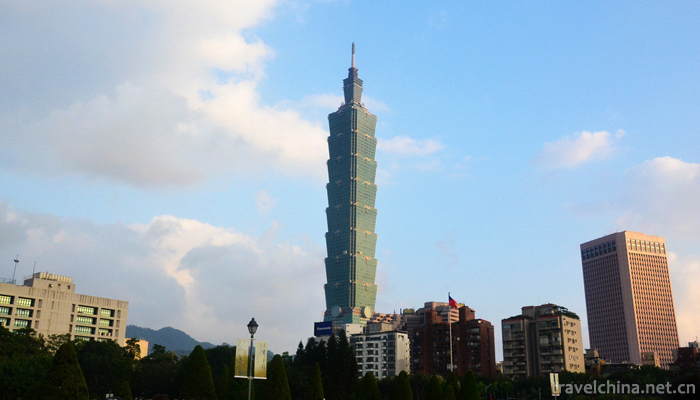
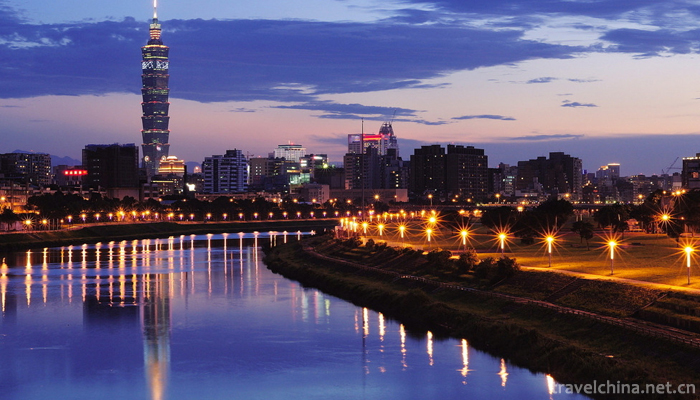
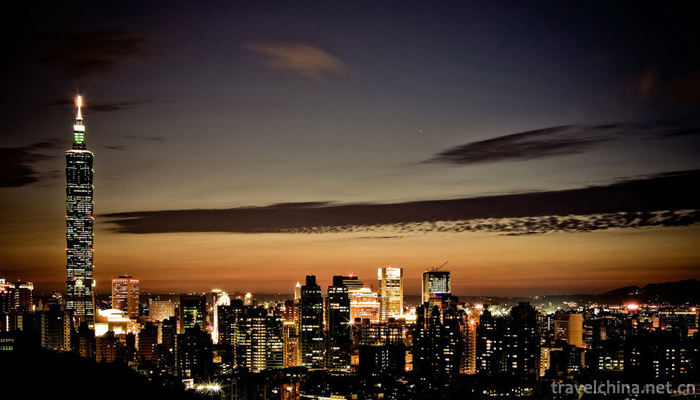
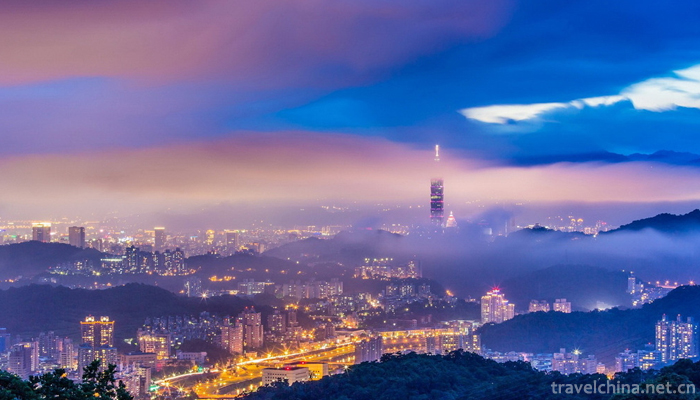
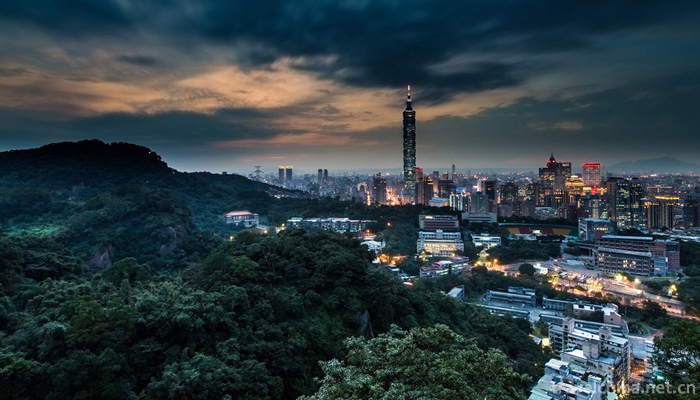
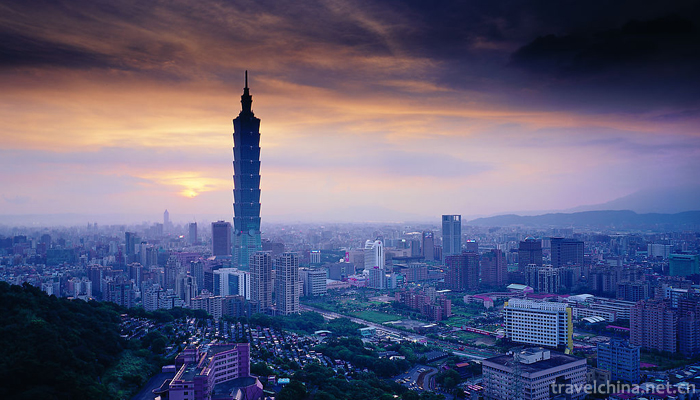
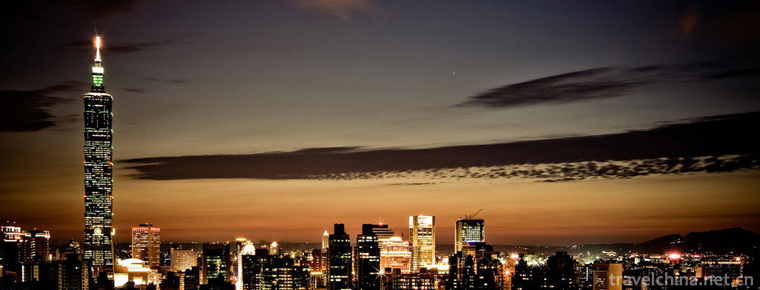
-
1.Quyuan Hometown Tourist Area
The cultural tourist area of Quyuan's hometown is located in Fenghuangshan, Zigui County, Yichang City, with a total area of 33.3 hectares in the north, Gaoxia Pinghu Lake in the north
Time 2018-12-12 -
2.Guan Lin Scenic Area
Guanlin, a national key cultural relic protection unit, National AAAA tourist attraction, is the first place for the burial of Shu generals Guanyu in the Three Kingdoms period. The former is an ancest
Time 2018-12-24 -
3.Qingdao Wine Museum
Qingdao Wine Museum is located at No. 68 Yan'an Road, North District of Qingdao City. It is an underground museum with popular science education, collection and display
Time 2019-02-07 -
4.Chaozhou Music
Chaozhou music is the general name of all kinds of traditional folk instrumental music spread in Chaoshan area of Guangdong Province, referred to as Chaozhou music
Time 2019-04-16 -
5.Traditional Marriage Customs of the Han Nationality
The ancestors of the Han nationality believed that dusk was auspicious, so they would marry at dusk. Therefore, the etiquette of marriage was called "dusk rite", which later evolved
Time 2019-05-02 -
6.Huian womens clothing
Hui'an women refer to a group of special folk women on the coast of Huidong Peninsula, Hui'an County, Quanzhou, Fujian Province. They are famous at home and abroad for their unique clothes and diligen
Time 2019-05-04 -
7.Five major tunes in southern Shandong
The five major tunes in southern Shandong, also known as Tan Ma Diao and Tan Ma Diao, are traditional folk song suites that are active in Tancheng County, Linyi City, Shandong Province, with Tan Town
Time 2019-05-15 -
8.Umbrella Making Skills
Oil-paper umbrella is one of the traditional handicraft products in China. As a kind of paper or cloth umbrella originating in China, it has also spread to various parts of Asia, such as Korea, Vietna
Time 2019-06-12 -
9.Four Seasons Production Adjustment
Four seasons production tune includes five units: introduction, winter, spring, summer and autumn. The introduction emphasizes the significance of the four-season production tune inherited by the ance
Time 2019-06-16 -
10.Traditional craftsmanship of moon cakes
Guo Dulin Jin-style moon cakes are Shanxi specialty. They are simple in shape, mellow in taste, crisp and refreshing, sweet but not greasy. They are famous for their crispness, delicacy, sweetness, me
Time 2019-07-16 -
11.Deyang secondary industry
In 2018, the total industrial added value of Deyang City was 101.28 billion yuan, an increase of 9.8% over the previous year. By the end of the year, there were 1376 Industrial Enterprises above Designated Size, and the added value of industries above
Time 2020-12-14 -
12.Neijiang medical and health
By the end of 2019, there are 3303 medical and health institutions in Neijiang, including 76 hospitals (56 private hospitals) and 3200 primary medical and health institutions. There are 25900 beds in medical and health institutions and 21100 health technical personnel,
Time 2020-12-16